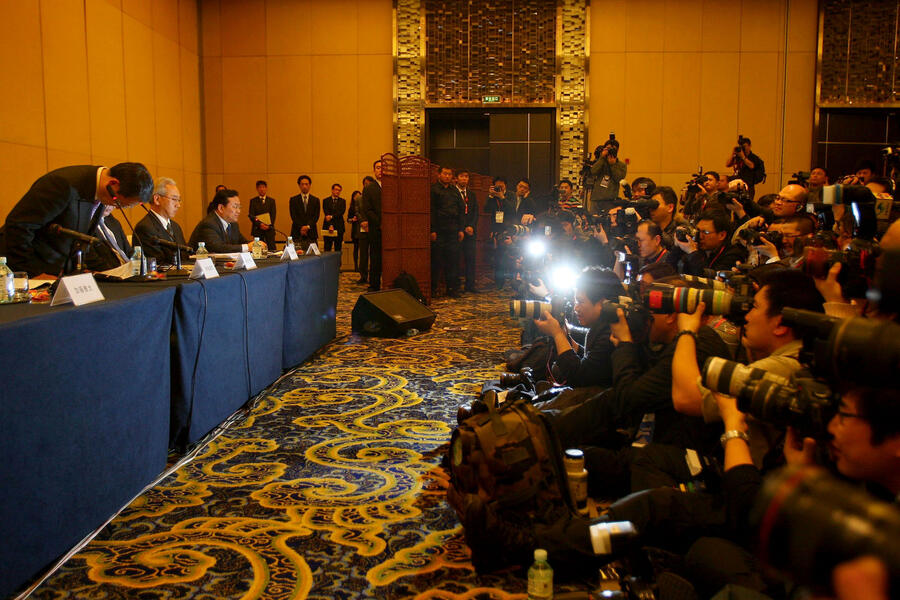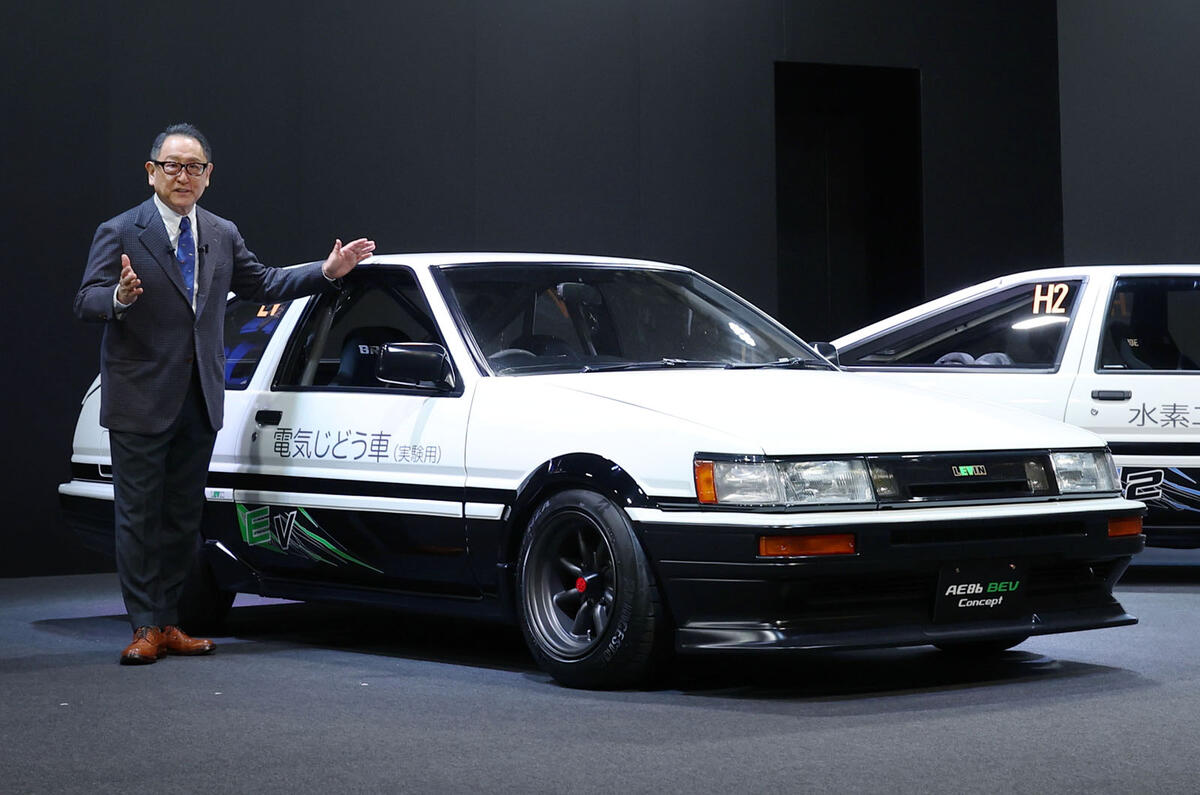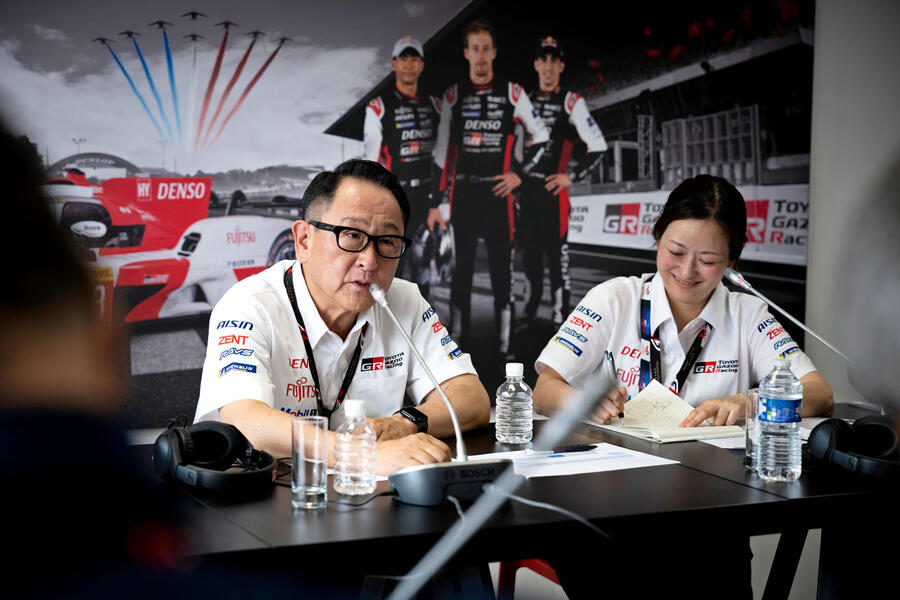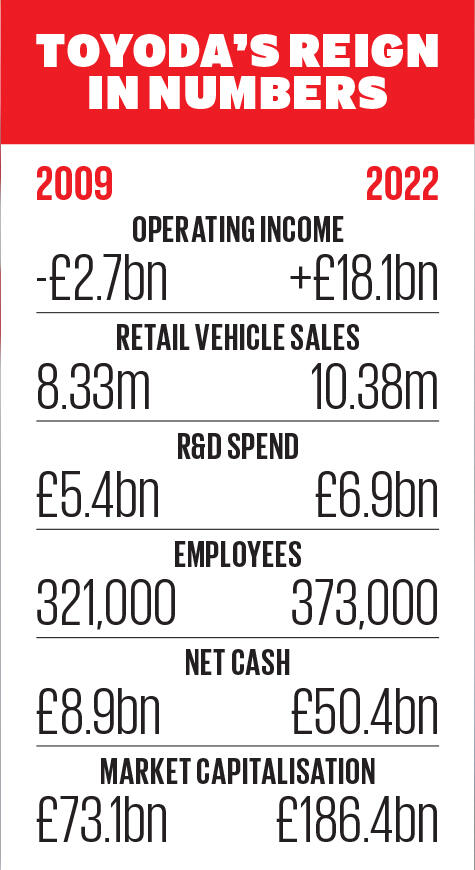February 17, 2010. The day Akio Toyoda, just months into his presidency of Toyota, bowed before US Congress in order to explain the unintended acceleration crisis that led to more than 10 million vehicles being recalled worldwide. And the day his working life finally made sense.
“When I went to the public hearing, I thought: ‘I’m done as company president,’” he said. “Until then, I’d been called the president’s son. I’d become untouchable through my life at the company. If someone was nice to me, others would say: ‘Why are you kissing up to the boss’s son?’ A lot of Toyota people didn’t like that. On the other hand, they worried that if they picked on me, I’d tell my father. So most employees would do the smart thing, which was to stay away and not develop relationships.
“Ever since I started at the company, I had no relationships. I wasn’t sure if Toyota needed me. It was a constant concern for me for a long time. At the public hearing, I felt like ‘I didn’t even last a year’. But that was the first time I felt like I might be able to do something for Toyota. That might be why I was here: to stake my life to protect the company. There is no better feeling. I didn’t run away, lie or distort the truth. That’s where my business model was completed. Since then, close to 14 years, I have fought to bring back the uniqueness to Toyota.”
There, in a single story, are flashes of the character that has transformed Toyota’s fortunes on almost every level. A leader, tenacious, vulnerable, humble and more. A man who feels his role was initially taking the firm through “crisis after crisis” – the earthquakes and subsequent tsunamis that beset Japan in 2011 adding a further twist of the knife in his early tenure – and who even now describes his work only as laying the foundations for his successor, Koji Sato, who took over as president in April.








Join the debate
Add your comment